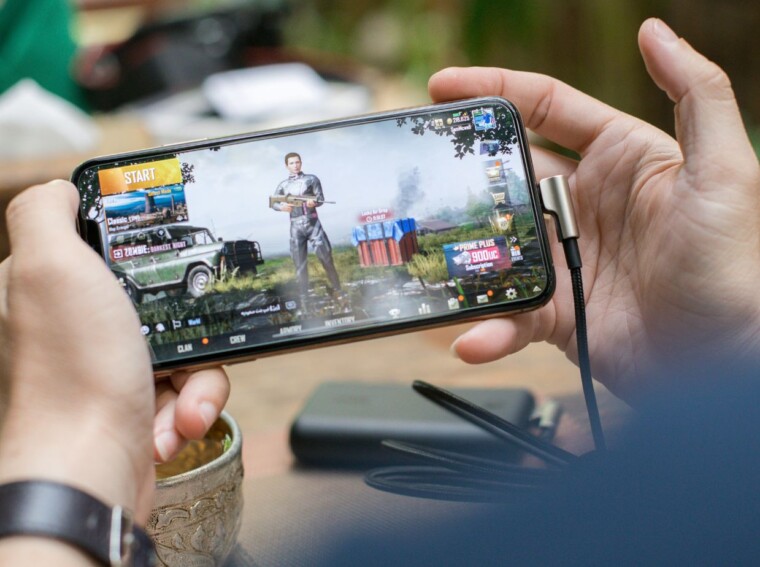According to a recent study, around 79% of all gamers around the globe play on their phone, with 35% exclusively gaming on mobile devices. This makes mobile phones the most popular gaming device worldwide, but it’s not necessarily the cheapest one.
For many people, mobile phones represent an alternative to PC or console gaming – both of which are typically more expensive upfront investments due to the cost of hardware and accessories.
But while smartphone gaming might seem cheaper, the costs can gradually grow. Whether you’re invested in the iGaming-verse or casual mobile gaming, the expenses can add up through a variety of channels. We’re going to examine a few of these channels now, as well as discuss strategies to minimise costs and maintain a budget-friendly gaming experience.
The Hidden Costs of Mobile Gaming
Let’s start by looking at iGaming. While playing casino games or betting apps on your phone might seem like a low-cost way to play some of your favourite games, there are several expenses that often go unnoticed. For instance, in-app purchases can quickly add up as you buy virtual chips, spins, or anything else to stay competitive.
You’ve also got transaction fees on deposits and withdrawals to think about – both of which can chip away at your budget, especially if you use multiple platforms. Data usage is another factor. Streaming live games or using high-quality graphics can consume a significant amount of mobile data, potentially leading to higher bills if you don’t have an unlimited plan.
Beyond iGaming, casual mobile games also have their own hidden costs that are important to recognise. Let’s say you’ve downloaded one of the most popular app games right now. While it might have been free to start, a lot of the most popular apps offer a variety of in-app purchases – whether it’s extra lives, special power-ups, or unlocking new levels. Suppose you’re enjoying the game and want to make the most out of it. In that case, these microtransactions will add up, eventually leading to a total cost that far exceeds what you might have paid for a traditional handheld console or regular console game.
While it might come as a surprise, it’s not uncommon for regular players to spend hundreds of dollars on one mobile game over time – sometimes without even realising it. In addition to microtransactions, many of these games also offer subscription models that promise exclusive items or an ad-free experience, and some even auto-renew by default – meaning you could be charged monthly without noticing.
How to Keep Mobile Gaming Cheap

So, how do you make sure your gaming experience is cheap? Going back to the world of iGaming, the first thing to do is to use a site that compares offers across platforms, helping you to find the best transaction fees, free spins, and deposit match offers. Many of the bonuses looked at by Casino.org will be far more generous than what’s advertised directly on casino sites, and they often come with fewer strings attached – like lower wagering requirements or longer validity periods.
It’s also important to stick to your budget, setting weekly or monthly limits that can help you to stay in control, and when it comes to data, either switch to an unlimited plan or monitor your data usage through your phone’s settings. Some casino sites allow you to toggle lower graphics settings or download content in advance over Wi-Fi, so make sure you look into that if you want to reduce your consumption and avoid unexpected charges.
Moving on to casual mobile gaming, one of the most obvious ways to keep things cheap is to avoid games that rely on microtransactions. As we mentioned before, while it’s tempting to download the most popular free-to-play mobile titles, these often come with monetisation strategies designed to catch you out.
If you really want to play a game where in-app purchases are part of the experience, try to set a strict spending cap or use built-in controls to limit your purchases. Many smartphones, for instance, require a password or biometric confirmation before any money is spent, and even this can serve as a helpful pause before you commit to a transaction.
Better yet, opt for premium games with a one-time purchase fee. These titles often provide a more balanced gameplay experience without the constant prompts to spend money, and what’s more, there are plenty of great ones to choose from! Yes, you might have to pay a little upfront, but you won’t mind that so much by the time you’re immersed in the game itself.
Conclusion
Ultimately, the goal is to make sure you’re controlling the cost of a game, not the other way around. Whether you’re in the iGaming space or playing casual games from the App Store, it’s so easy to start spending more than you intended.
The key is to be mindful of hidden costs, using comparison platforms and keeping on top of your spending limits. Mobile gaming should be the cheapest form of gaming. But it will only live up to that if you remain vigilant and proactive about managing your expenses and usage habits.

